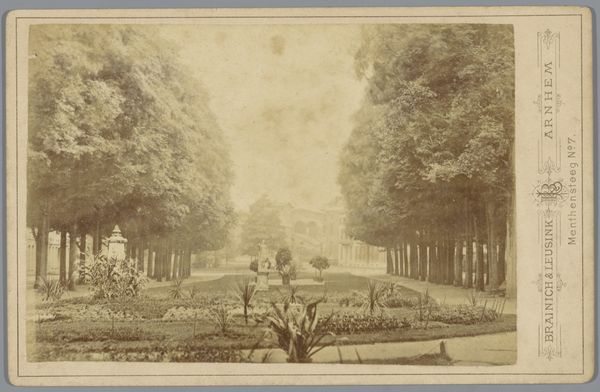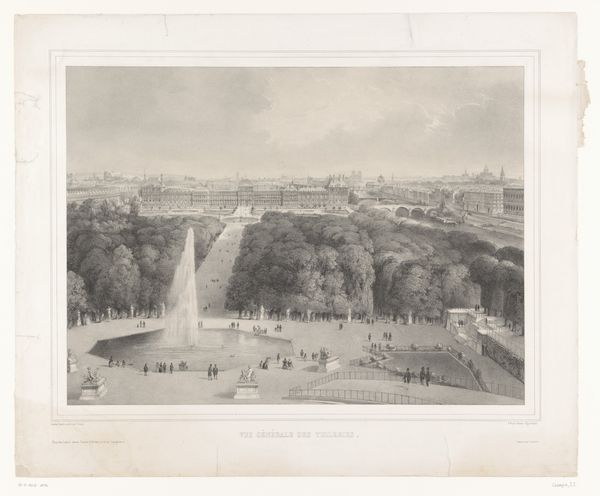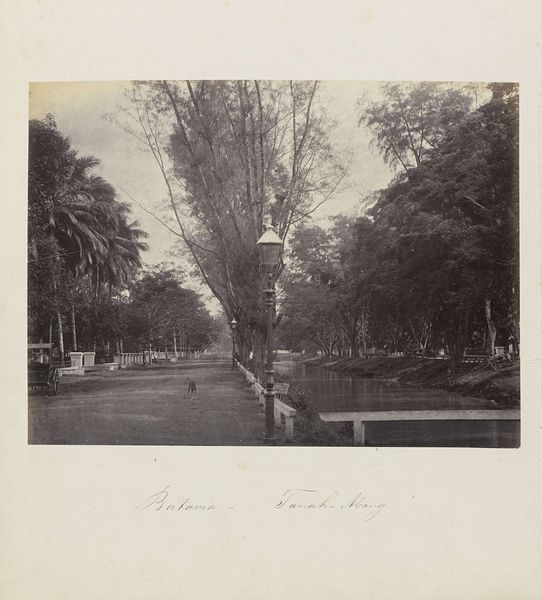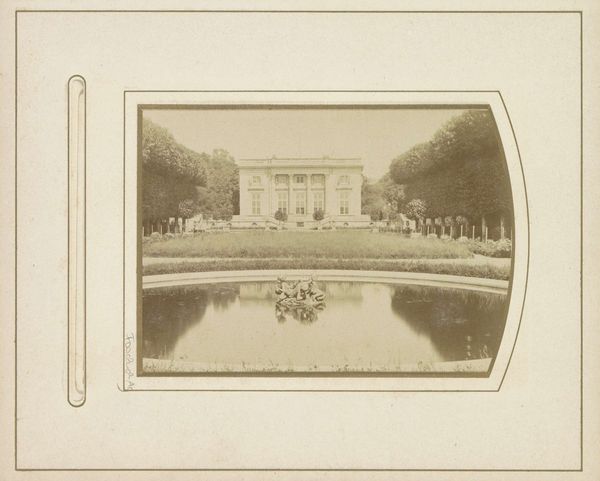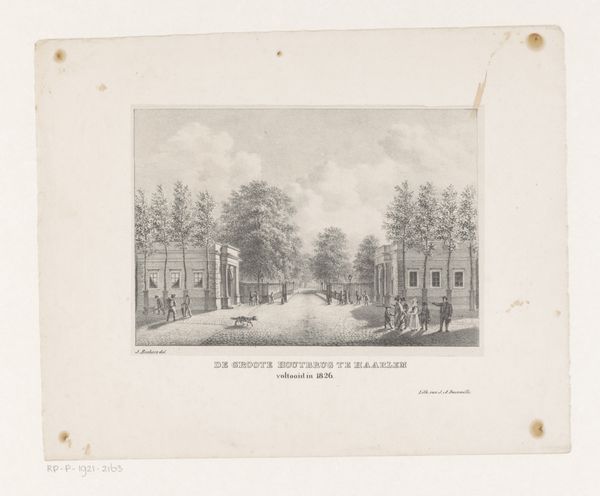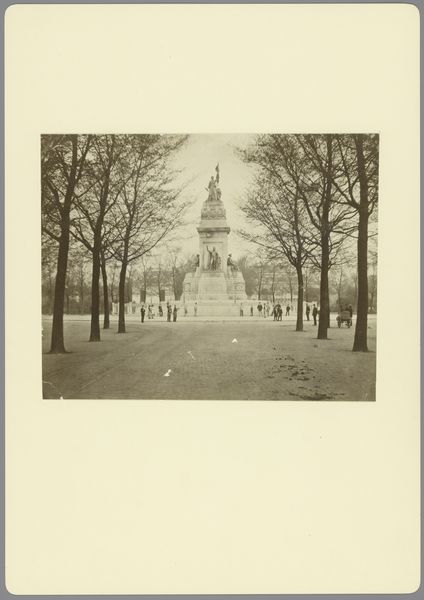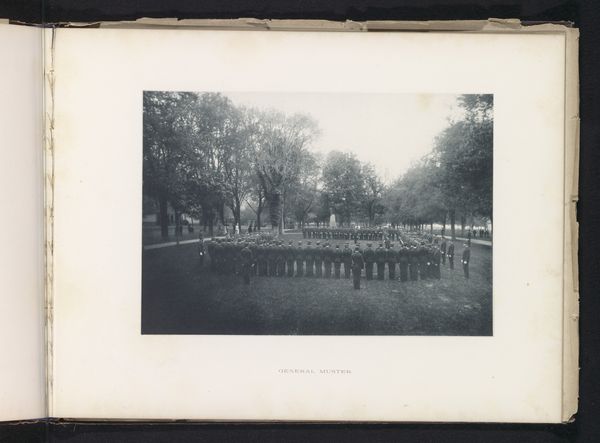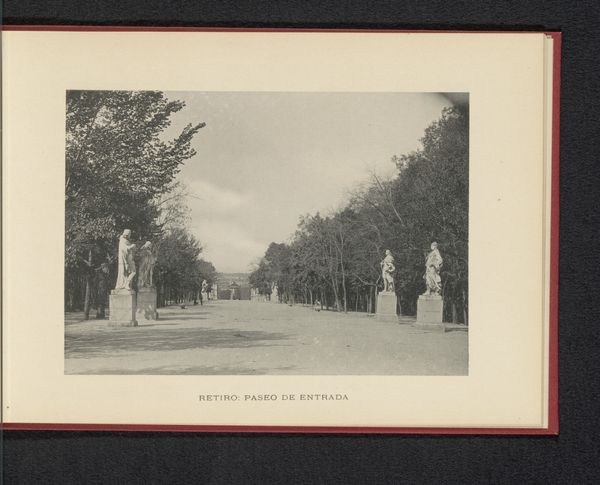
print, photography
#
16_19th-century
# print
#
landscape
#
photography
#
cityscape
#
academic-art
Dimensions: 19 × 25 cm (image/paper); 27.8 × 31.1 cm (interlayer); 35 × 46.3 cm (album page)
Copyright: Public Domain
Editor: Here we have Charles Soulier's "Avenue de l'Observatoire (Luxembourg)," a photograph from around 1867. I'm struck by its stillness; the avenue seems to stretch endlessly towards the horizon. What does this image evoke for you? Curator: This photograph really speaks to the transformative era of Parisian urban planning under Haussmann. The grand boulevards like the Avenue de l'Observatoire were intentionally designed to project power and create a sense of order. Consider the social impact – the wide avenues facilitated troop movements, suppressing potential unrest. The straight lines also visually diminish the individual, reinforcing the authority of the state. Do you see that relationship reflected here? Editor: Yes, I see it now! It's not just a pretty picture; the straight lines, the imposing building at the end, even the way the trees are planted… it all contributes to this feeling of control. So, photography, a relatively new medium at the time, was being used to document and even celebrate this transformation? Curator: Precisely. Photography provided a seemingly objective record, further legitimizing the regime's vision of progress and modernization. But we must ask ourselves, progress for whom? The displacement of working-class neighborhoods to make way for these grand avenues certainly created winners and losers. Editor: That’s a crucial point – who gets to benefit from "progress," and who is left behind? It’s fascinating to think about how a seemingly straightforward landscape photograph can reveal such complex social and political dynamics. Curator: Indeed. Soulier's photograph encapsulates the contradictions inherent in Haussmann's Paris – beauty and control, order and displacement. Looking at it challenges us to question whose perspective is being presented and whose stories are being silenced. Editor: I'll never look at a cityscape the same way again. I’ve definitely gained a deeper appreciation for the stories behind the image. Thanks for opening my eyes!
Comments
No comments
Be the first to comment and join the conversation on the ultimate creative platform.
